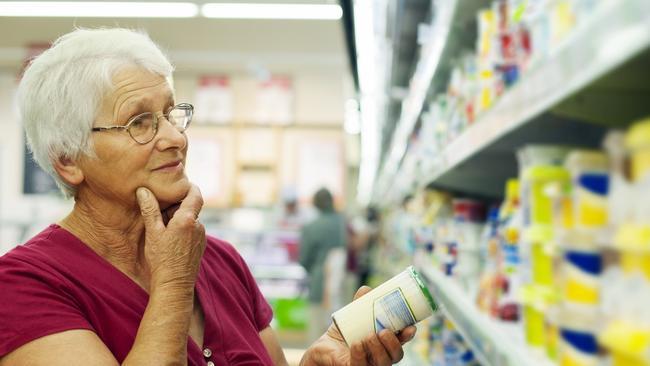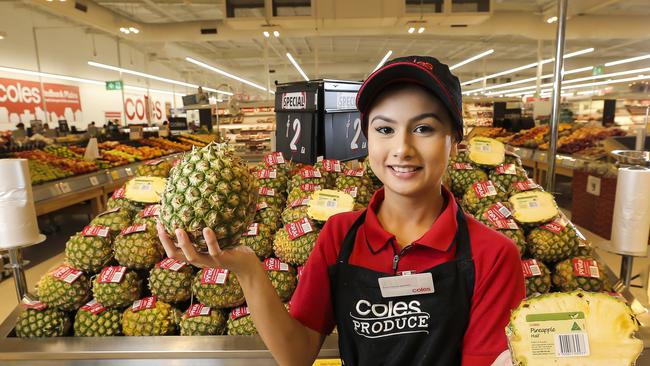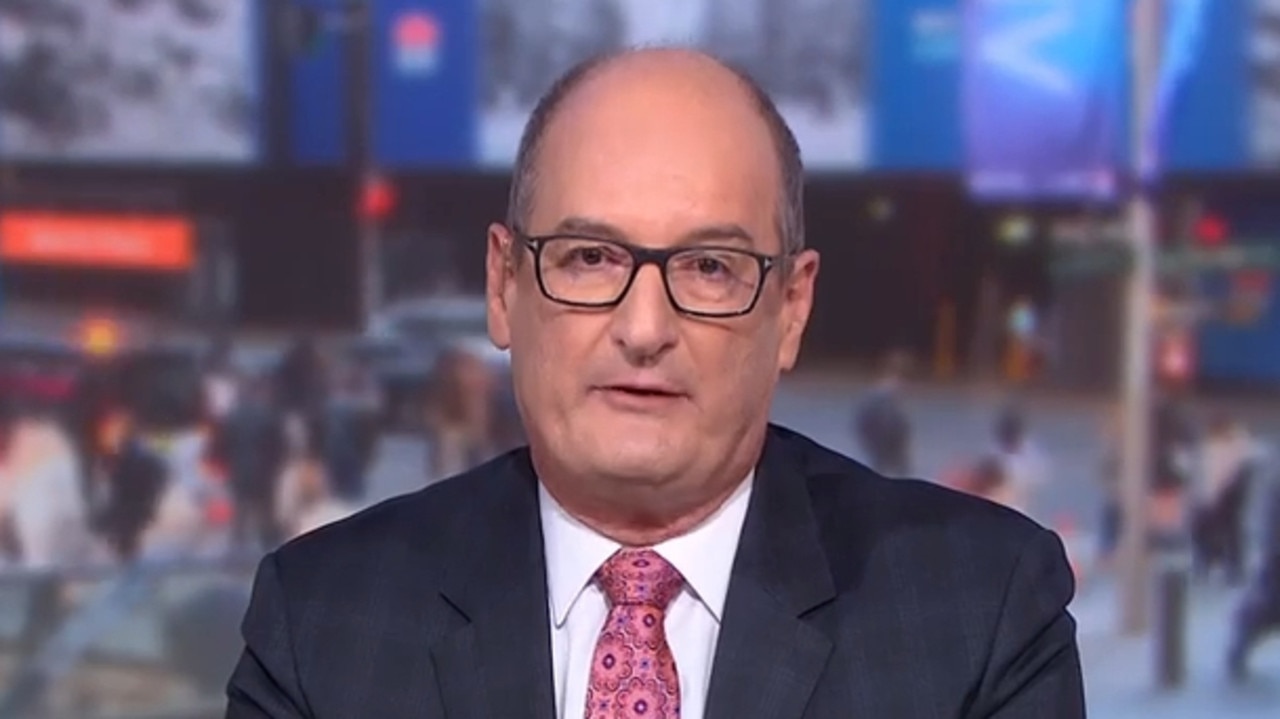David Koch explains how you can make big on your weekly supermarket shop
SUPERMARKETS are full of subtle pricing tricks and traps to get you to part with your hard earned. David Koch reveals how to beat them at their own game.
THE weekly food and drinks shopping bill for the average Australian household (couple with two kids) is around $280 a week.
When we pay that supermarket bill at the checkout, we always have this nagging feeling we’ve paid too much. The presentation displays, the music, the ambience of the aisles makes shopping today almost a pleasure … but that nagging feeling still doesn’t go away.
Every weekly shop is like a battle against the supermarket to get the best value. You know they want you to spend more … the challenge is finding out where and how.
Here’s our list: Help us add to it by emailing the address at the bottom of the page for Moneysaver HQ editor Tim McIntyre.
Lets band together, share the supermarket rip offs and all save money.
Eye level is buy level - The oldest supermarket trick in the book. The products that directly stare out at your face will be more expensive than the alternatives at your feet. Food companies pay supermarkets to be placed at eye level.
Honey we shrank the product- Manufacturers who sneakily reduce the size of the pack by 10-30 grams and keep the price the same. It doesn’t seem like much, and it’s hardly noticeable, but you are not getting the same value for your money.
Economy-sized products- The point of buying in bulk is ostensibly to save from buying more at a time. But we’ve found instances where the larger size wasn’t actually any cheaper. The only way to tell is to look at the unit price labels (per 100 grams), beneath the price on each product.

LIFEHACKS: Why I fill my car when it’s not empty
Individually packaged foods - Snack size? Kid size? Those little bags of baby tomatoes or crackers and cheese (for lunch boxes) might look cute, but you’d probably get more for your money if you bought a full-size bag and divvied it up yourself. Again, it’s all about the unit price.
Bagged salads - Your bagged salad doesn’t come with any of the fun stuff like avocado, or chickpeas, or egg, or celery (I could go on), so you’re really just buying a few types of pre-cut lettuce, baby spinach or rocket. Buying the leaves and the tasty stuff separately will definitely stretch your dollars further.
Pre-chopped anything - It’s another price-per-100g question. Are you really getting more celery when it comes in little squares rather than small pieces? (Unlikely.) Plus, pre-cut produce has to be less eco-friendly than its whole counterparts because of all the extra cardboard and plastic packaging.
Bottled water- Turn on the tap … it’s free. Put it in your own container, whack it in the fridge … and it’s chilled. No brainer.
Added flavours - More like added costs when you could do it all yourself. Why pay a 30 per cent premium for Garlic prawns when you can buy the fresh prawns, spend 20 cents on garlic butter and get the same meal.
Anything with a celebrity’s face on it - An alternate product has to be cheaper because there is no royalty to the celebrity you love on that TV cooking show.
Shiny fruit and vegetables - Looks can kill … your budget. Some supermarkets now sell imperfect fruit at a cheaper. A few blemishes might make it uglier (a matter of opinion) but still tastes delicious.
Products with “new” features - Companies are hoping you’ll pay extra for the newest thing. Maybe a tomato sauce bottle with a new spout, or a nappy with new, innovative tabs … anything that you see as new convenience features.

DODGY: Beware manipulated online reviews when shopping
“Healthy” food products - Making existing foods “healthier” is a huge goal for food and beverage companies, who recognise you naturally want to live a long and healthy life but don’t want to give up the potato chips and other food vices. Be suspicious of anything with a new ingredient which is good for your health.
Meal plans - Pre-packaged multi-day meal plans will always be more expensive than buying the ingredients for a few days worth of meals and cooking it yourself.
Anything in the checkout aisle - Now that you’re exhausted from a trip around the supermarket, the checkout is a minefield for the weak hearted. But stay strong. We know you deserve a reward but don’t give in to an impulse buy. Impulse items that people buy waiting in the checkout line can be marked up 100 per cent. This includes soft drink bottles in the fridge near the store’s exit and the chocolates.
There’s a reason overpriced foods packaged for convenience still line the shelves. We’re willing to pay for the convenience! Saving on salads or produce requires enough planning ahead to buy the perishables, prepare some meals, and consume them before they go bad.
But being vigilant can save a lot of money in the long run. Even if avoiding the rip offs can save 10 per cent off the weekly supermarket bill that’s;
. $28 a week
. $112 a month
. $1456 a year
That equals an airline ticket to London or at least nicer birthday presents.
Identifying the rip-offs, doing something about it and having the discipline to stick with it is going to be worth the effort.
tim.mcintyre@news.com.au



